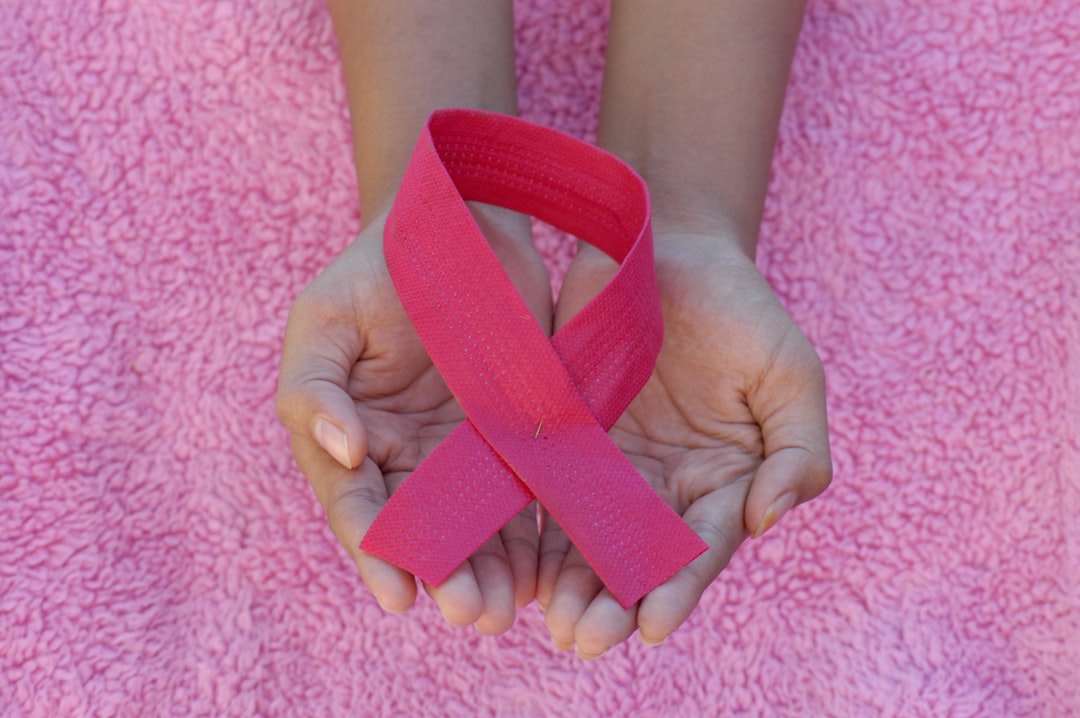What is it about?
Some of the world’s deadliest snakes could soon be saving lives, with research from The University of Queensland showing venom could be used to stop uncontrolled bleeding. The biomaterials research team from UQ’s Australian Institute for Bioengineering and Nanotechnology (AIBN), led by Postdoctoral Research Fellow Amanda Kijas, has found protein in the venom of two snakes – Australia’s eastern brown and scaled viper – could be used as an accelerant in the body’s natural blood-clotting process. The team is working on a gel that could be sold in pharmacies, added to first aid kits, and used by paramedics or military personnel in combat zones, to stop bleeding while a patient is taken to hospital. The venom gel remains a liquid when stored in a cool place but solidifies at body temperature to seal the wound.
Featured Image

Photo by Sergey Semin on Unsplash
Why is it important?
When a traumatic injury occurs, the complexity of the healing process overloads the body’s capacity to control the bleeding. As many as 40 per cent of trauma-related deaths are the result of uncontrolled bleeding, and this figure is much higher when it comes to military personnel with serious bleeding in a combat zone. Current first aid treatment using gauze products, often did not stop bleeding in an emergency. We hope this gel will accelerate the wound-healing processes needed for clotting and reducing blood flow, ultimately boosting the body’s capacity to heal large wounds.
Perspectives
Nature has created the most elegant and sophisticated mechanisms, and we can repurpose them to save people from dying due to uncontrolled bleeding. The research shows there is five times less blood loss, and clots form three times more quickly when the venom gel is applied, compared to the body’s natural process. This even includes people with haemophilia and those using blood thinners.
Ramanathan Yegappan
University of Queensland
Read the Original
This page is a summary of: Snake Venom Hydrogels as a Rapid Hemostatic Agent for Uncontrolled Bleeding, Advanced Healthcare Materials, June 2022, Wiley,
DOI: 10.1002/adhm.202200574.
You can read the full text:
Resources
Deadly Snakes Could Save Your Life!
Some of the world’s deadliest snakes could soon be saving lives, with research from The University of Queensland showing venom could be used to stop uncontrolled bleeding. The biomaterials research team from AIBN, led by Dr Amanda Kijas, has found protein in the venom of two snakes – Australia’s eastern brown and scaled viper – could be used as an accelerant in the body’s natural blood-clotting process.
Deadly Snakes Could Save Your Life
Some of the world’s deadliest snakes could soon be saving lives, with research from The University of Queensland showing venom could be used to stop uncontrolled bleeding.
Gel made from deadly snake venom could save thousands of lives | 7NEWS
Venom from some of the world's deadliest snakes could soon be saving thousands of lives by stopping uncontrolled bleeding.
Contributors
The following have contributed to this page










